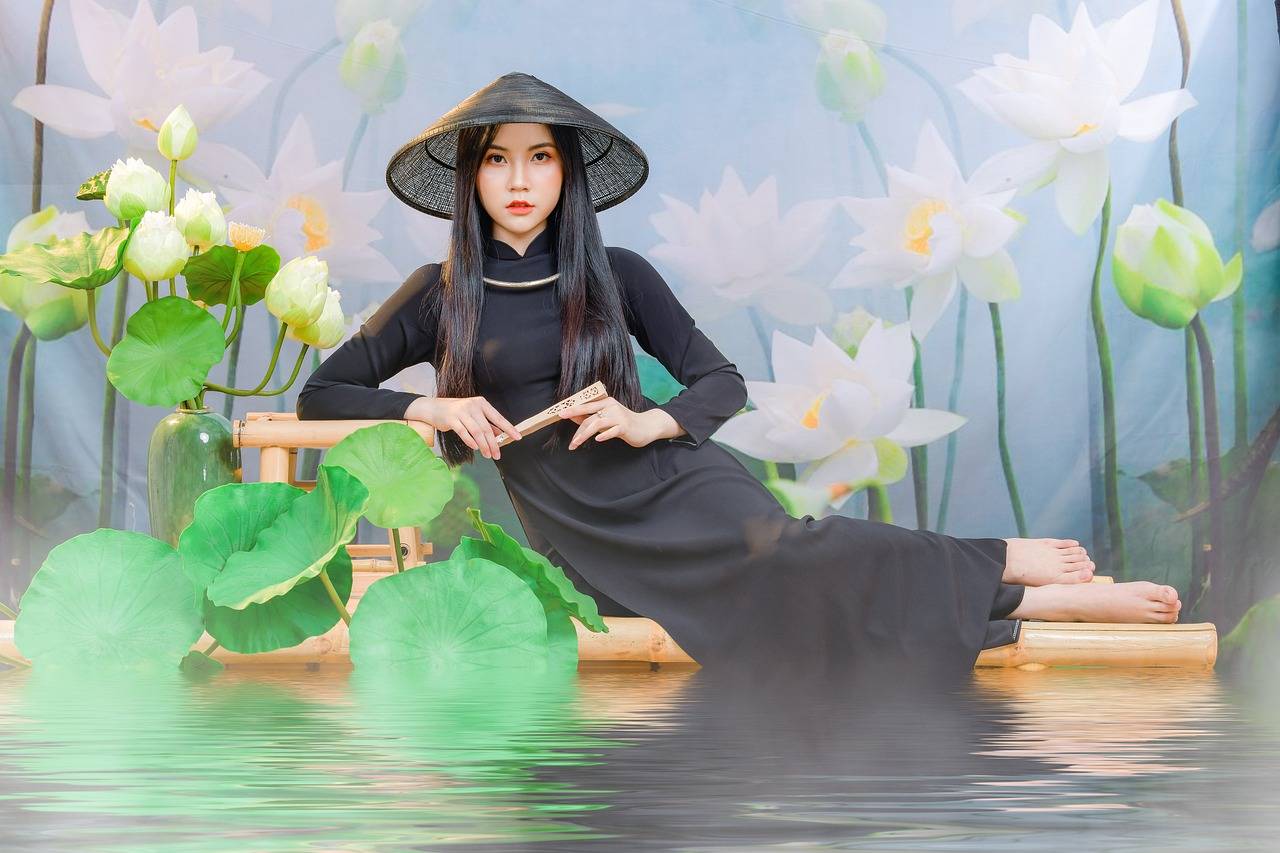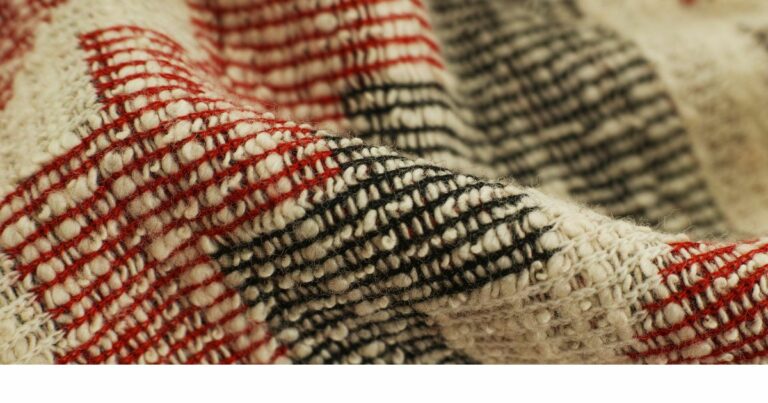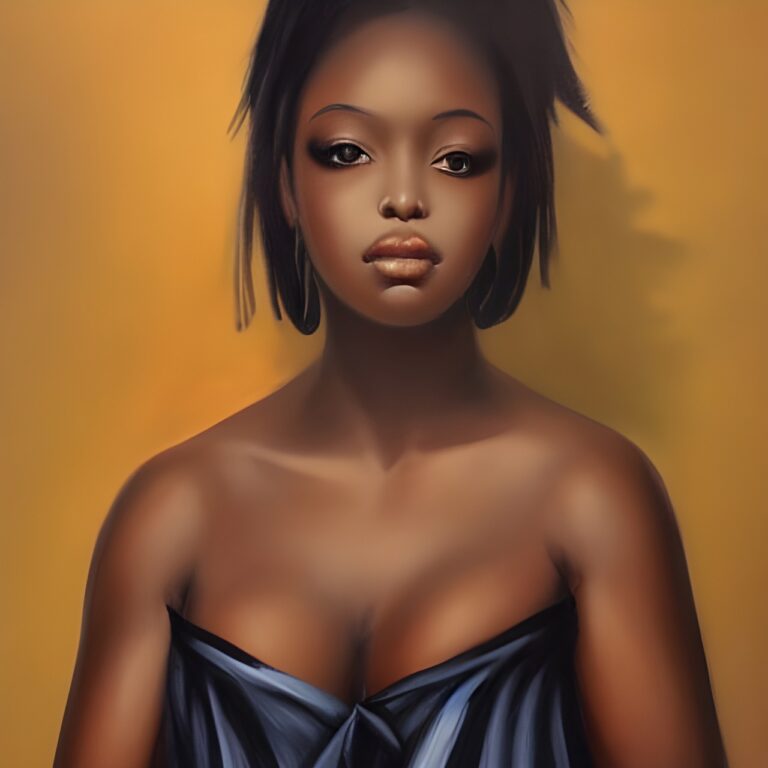Fashion and Literature: Analyzing Clothing Descriptions in Classic Novels
Clothing descriptions play a significant role in classic novels as they not only provide insight into the characters’ physical appearances but also convey important messages about their personalities and social status. Authors often use detailed descriptions of clothing to set the mood and tone of a scene, allowing readers to immerse themselves in the story’s historical or cultural context. Through the choice of fabrics, colors, and styles, authors can subtly reveal the characters’ inner thoughts and emotions without explicitly stating them.
Furthermore, clothing descriptions in classic novels can serve symbolic purposes, representing deeper themes or character motivations. By analyzing the symbolism behind certain garments or accessories, readers can gain a better understanding of the characters’ journeys and the overall message of the novel. Whether it’s a protagonist’s signature piece of clothing that evolves throughout the story or a villain’s attire that reflects their morally ambiguous nature, clothing descriptions add layers of complexity to the characters and the narrative as a whole.
The Importance of Clothing Descriptions in Literature
In literature, clothing descriptions play a crucial role in shaping characters and conveying deeper meanings. The way characters dress can provide valuable insights into their personalities, social status, and even their inner thoughts and feelings. By paying attention to the details of their attire, readers can gain a deeper understanding of the characters and the world they inhabit.
Clothing descriptions are also significant in setting the tone and atmosphere of a story. The choice of clothing for characters can help establish the time period, cultural norms, and social conventions of the setting. For example, in a Victorian novel, elaborate dresses and tailored suits may suggest a rigid social hierarchy and strict moral codes, while in a contemporary piece, casual attire might signal a more relaxed and informal environment. Overall, clothing descriptions in literature serve as a powerful tool for authors to enhance characterization and world-building.
• Clothing descriptions provide insights into characters’ personalities, social status, and inner thoughts
• Details of attire help readers understand characters and the world they inhabit
• Setting the tone and atmosphere of a story through clothing choices is crucial
• Clothing can establish time period, cultural norms, and social conventions in literature
• Authors use clothing descriptions to enhance characterization and world-building in their works
Analyzing Symbolism Through Clothing in Classic Novels
Throughout classic novels, clothing descriptions play a significant role in conveying deeper symbolism and themes. The attire worn by characters often serves as a reflection of their personalities, social status, or emotional state. For example, in Jane Austen’s “Pride and Prejudice,” the extravagant gowns and stylish suits worn by characters like Mr. Darcy and Caroline Bingley highlight their wealth and position in society.
Moreover, clothing descriptions can also be used to foreshadow events or symbolize character development. In F. Scott Fitzgerald’s “The Great Gatsby,” the lavish and extravagant costumes worn by the characters at Gatsby’s parties symbolize the superficiality and excess of the Jazz Age. Gatsby’s meticulously tailored pink suit not only signifies his desire to impress Daisy but also represents his idealized self-image, contrasting with the reality of his past and present.
Why is clothing description important in literature?
Clothing descriptions can provide insight into a character’s personality, social status, and emotions. They can also be used as symbolism to convey deeper meaning in the story.
How can clothing symbolism enhance a classic novel?
Clothing symbolism can add depth and layers to the characters and themes in a classic novel. It can help readers better understand the motivations and inner workings of the characters, as well as provide a richer reading experience.
Can you give an example of clothing symbolism in a classic novel?
One famous example is the green light at the end of Daisy Buchanan’s dock in “The Great Gatsby” by F. Scott Fitzgerald. The color green symbolizes wealth, envy, and hope, reflecting Daisy’s character and the themes of the novel.
What are some common clothing symbols in classic literature?
Some common clothing symbols in classic literature include colors (such as white for purity or innocence, black for death or evil), types of clothing (such as suits for professionalism or dresses for femininity), and accessories (such as jewelry for wealth or hats for social status).
How can readers analyze clothing symbolism in classic novels?
Readers can analyze clothing symbolism by paying attention to how clothing is described, its context within the story, and any recurring motifs or patterns. They can also consider the historical or cultural significance of certain clothing choices.






